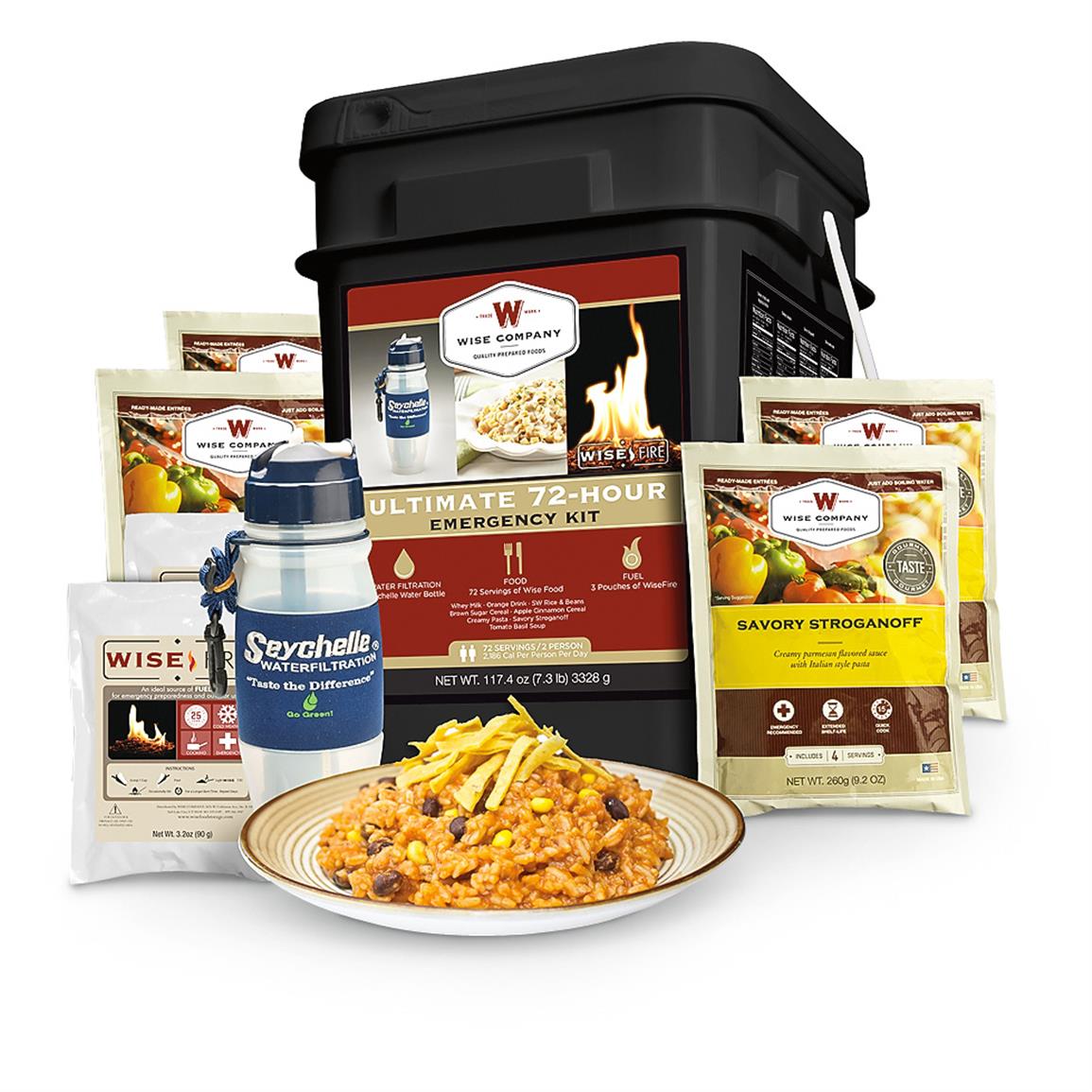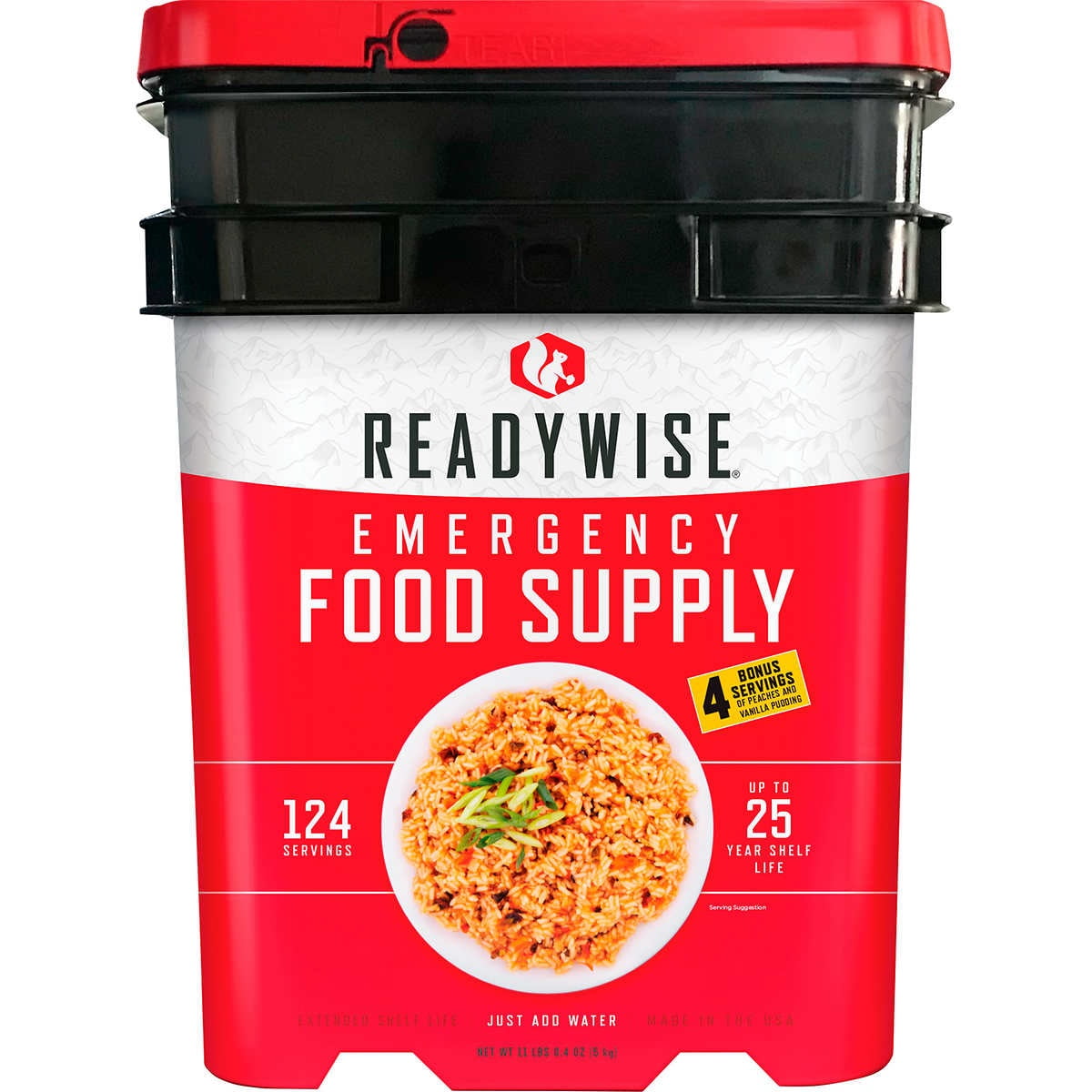Within the face of unexpected circumstances, an emergency meals provide serves as an important lifeline. This complete information delves into the intricacies of emergency meals preparation, storage, and upkeep, guaranteeing you are geared up to navigate difficult conditions with confidence.
From choosing non-perishables to understanding dietary issues, we’ll discover the important parts of an efficient emergency meals provide, empowering you to safeguard your well-being throughout occasions of want.
Sorts of Emergency Meals Provides: Emergency Meals Provide
Within the occasion of an emergency, having a well-stocked provide of meals is essential for survival. Numerous varieties of emergency meals provides exist, every with its personal benefits and drawbacks. Understanding the variations between these varieties will help you make knowledgeable selections when making ready your individual emergency meals provide.
Non-Perishable Meals
Non-perishable meals are those who have a protracted shelf life and don’t require refrigeration or freezing. These meals usually have a excessive moisture content material and are preserved via strategies reminiscent of canning, drying, or salting. Examples of non-perishable meals embody:
- Canned items (fruits, greens, meats, fish)
- Dried vegetables and fruit
- Crackers and bread
- Peanut butter and jelly
Non-perishable meals are comparatively cheap and simple to retailer, making them a great possibility for long-term emergency preparedness. Nevertheless, they are often cumbersome and heavy, and a few will not be as nutrient-rich as different varieties of emergency meals provides.
Freeze-Dried Meals
Freeze-dried meals are dehydrated meals which have had their moisture content material eliminated via a technique of sublimation. This course of preserves the meals’s vitamins and taste whereas decreasing its weight and measurement. Examples of freeze-dried meals embody:
- Vegetables and fruit
- Meats and fish
- Soups and stews
- Breakfast objects
Freeze-dried meals are light-weight, compact, and have a protracted shelf life. They’re additionally comparatively straightforward to arrange, as they are often rehydrated with water. Nevertheless, freeze-dried meals may be costlier than different varieties of emergency meals provides, and so they will not be as flavorful as recent or canned meals.
MREs (Meals Able to Eat)
MREs (Meals Able to Eat) are pre-packaged meals designed for navy personnel within the area. They’re usually self-contained and embody a wide range of meals objects, reminiscent of:
- Most important course (e.g., meat, fish, pasta)
- Aspect dish (e.g., greens, rice, bread)
- Dessert (e.g., cookies, sweet)
- Beverage (e.g., juice, water)
MREs are designed to be nutritious and simple to eat, even in troublesome situations. They’ve a protracted shelf life and may be saved at room temperature. Nevertheless, MREs may be costly and will not be as palatable as different varieties of emergency meals provides.
Storage and Upkeep of Emergency Meals Provides

To make sure the longevity and security of your emergency meals provides, correct storage and upkeep are important. Here is the best way to optimize these points:
Optimum Storage Situations
- Temperature:Retailer provides in a cool, dry place with a temperature beneath 70°F (21°C). Greater temperatures can speed up spoilage.
- Humidity:Preserve low humidity ranges beneath 50% to stop moisture absorption and bacterial progress.
- Gentle publicity:Hold provides away from direct daylight, as UV radiation can degrade vitamins and packaging.
Correct Upkeep Methods
- Common inspection:Periodically verify provides for indicators of injury, spoilage, or pests. Discard any compromised objects.
- Rotation:Use the first-in, first-out (FIFO) technique to make sure older objects are consumed earlier than newer ones.
- Moisture safety:Seal provides tightly in hermetic containers or Mylar luggage to stop moisture penetration.
- Pest management:Retailer provides in pest-proof containers or think about using desiccants to discourage bugs and rodents.
Dietary Concerns

In emergency conditions, entry to nutritious meals is paramount. A balanced weight loss program offers the vitality and important vitamins required to keep up bodily and psychological well-being. Neglecting dietary adequacy can result in well being issues, impairing the power to deal with the challenges of an emergency.
When choosing emergency meals provides, prioritize nutrient-dense choices that present a spread of macronutrients (carbohydrates, proteins, and fat) and micronutrients (nutritional vitamins and minerals). Take into account meals from all meals teams, together with:
- Entire grains (brown rice, quinoa, oatmeal)
- Legumes (beans, lentils, chickpeas)
- Fruits (canned or dried)
- Greens (canned or dehydrated)
- Lean protein sources (canned fish, jerky)
- Dairy merchandise (powdered milk, shelf-stable cheese)
Particular Dietary Wants
People with particular dietary wants, reminiscent of allergic reactions, intolerances, or particular medical situations, require cautious consideration. Plan forward and embody meals that meet their particular necessities. Take into account the next:
- Allergic reactions:Keep away from meals containing identified allergens. Carry an emergency epinephrine auto-injector if vital.
- Intolerances:Restrict or eradicate meals that trigger discomfort or digestive points, reminiscent of lactose-free milk for lactose intolerance.
- Medical situations:Seek the advice of with a healthcare skilled to find out particular dietary modifications required for situations reminiscent of diabetes, coronary heart illness, or kidney illness.
Group and Accessibility
Organizing emergency meals provides is paramount for fast and easy entry throughout an emergency. This part will information you on creating an organized and accessible system.
Stock and Storage, Emergency meals provide
Create a complete stock of your emergency meals provides, together with objects, portions, and expiration dates. Retailer provides in a central, simply accessible location, reminiscent of a pantry or basement. Think about using clear containers or cabinets to determine contents simply.
Seize-and-Go Baggage
Assemble grab-and-go luggage with important meals provides for speedy use. These luggage must be light-weight, transportable, and stored close to exits or automobiles for fast evacuation. Embrace non-perishable snacks, water bottles, and any vital drugs.
Emergency Meals Preparation
Making ready emergency meals provides includes varied strategies to make sure their security and availability throughout an emergency. These strategies embody cooking, rehydration, and filtration.
Cooking meals over a transportable range or campfire could make it extra palatable and prolong its shelf life. When cooking, make sure the meals is completely cooked to eradicate potential micro organism. Rehydration includes including water to dehydrated meals, restoring them to their authentic state.
This technique is handy and saves area in your emergency meals equipment.
Filtration
Filtration is crucial for acquiring clear consuming water in an emergency. Transportable water purification methods can take away dangerous contaminants from water sources. Observe the producer’s directions rigorously when utilizing these methods to make sure their effectiveness.
Integration with Different Emergency Provides
Throughout an emergency, entry to important provides is essential for survival. Integrating emergency meals provides with different important objects ensures complete preparedness.
A well-rounded emergency equipment ought to embody a stability of provides that tackle varied wants:
Water
- Water is important for hydration and primary sanitation.
- Retailer a minimum of one gallon of water per individual per day.
- Take into account water purification tablets or filters for contaminated water sources.
Shelter
- Supplies safety from the weather and potential hazards.
- Embrace a tent, tarp, or sleeping luggage for heat.
- Take into account a whistle or signaling system for communication.
Medical Provides
- Important for treating accidents and diseases.
- Embrace bandages, antiseptic, ache relievers, and any vital drugs.
- Take into account a primary first assist handbook for steerage.
Different Important Gadgets
- Communication units (radio, cellphone, batteries)
- Flashlights and additional batteries
- Hygiene objects (cleaning soap, hand sanitizer, rest room paper)
- Instruments (multi-tool, knife, can opener)
- Money or bank cards
By integrating these important objects with emergency meals provides, people can create a complete emergency equipment that meets their particular wants and offers a basis for survival in difficult conditions.
Authorized and Regulatory Concerns

Making certain compliance with authorized and regulatory necessities is essential for the accountable storage and use of emergency meals provides.
There could also be particular laws governing the storage and dealing with of meals objects, significantly in industrial or public settings. These laws could tackle points reminiscent of temperature management, sanitation, and labeling necessities.
Legal responsibility Points
Organizations or people answerable for emergency meals provides could face potential legal responsibility if the meals will not be saved or used correctly. This legal responsibility may come up from foodborne diseases or different well being points brought on by mishandling or improper storage.
To mitigate these dangers, it’s important to stick to established meals security requirements and laws. Correct storage, dealing with, and preparation practices will help reduce the danger of contamination or spoilage.
Important FAQs
What’s the really useful shelf life for canned items?
Most canned items have a shelf lifetime of 2-5 years, relying on the kind of meals and storage situations.
How ought to I retailer freeze-dried meals?
Freeze-dried meals must be saved in hermetic containers in a cool, dry place. They will final for as much as 25 years or extra.
What are some good sources of protein for an emergency meals provide?
Good sources of protein for an emergency meals provide embody canned tuna, beans, lentils, and peanut butter.




